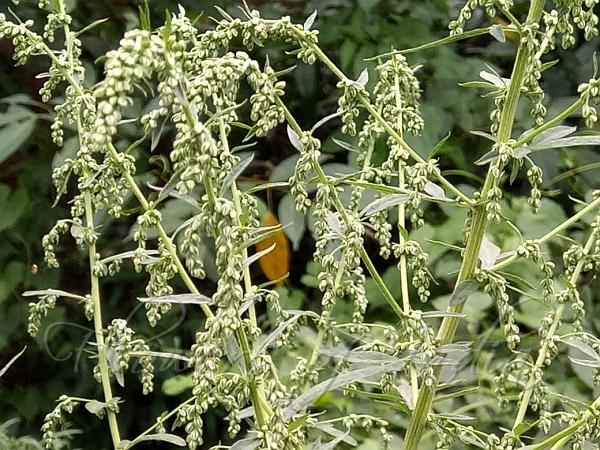IIP Foundation launches I Support Dengue Free Drive
In the wake of the rising menace of Dengue, Malaria and Chikungunya, I Support Dengue Free Drive had been kick started in Noida by IIP Foundation in collaboration with the Indian Agro Group.
Researches had been done by the scientists at Pusa Research Institute, University of California and Washington with proves that Artemisia has double the oil of any other plant. When a mosquito sucks its juice, it becomes ineffective to spread diseases.
In the wake of the rising menace of Dengue, Malaria and Chikungunya, I Support Dengue Free Drive had been kick started in Noida by IIP Foundation in collaboration with the Indian Agro Group.
Researches had been done by the scientists at Pusa Research Institute, University of California and Washington with proves that Artemisia has double the oil of any other plant. When a mosquito sucks its juice, it becomes ineffective to spread diseases.
Artemisia anti-microbacterial properties had been used in the treatment of several diseases like
• Bladder and parasite infections
• Urinary tract infections
• Abdominal cramping and stomach pain
• Hepatitis and Jaundice
• Various types of Cancer
It can be used to check mosquitoes in homes, offices, schools, hospitals, clinic and dispensaries. Under the drive 20,000 plants would be distributed for free.
• Bladder and parasite infections
• Urinary tract infections
• Abdominal cramping and stomach pain
• Hepatitis and Jaundice
• Various types of Cancer
It can be used to check mosquitoes in homes, offices, schools, hospitals, clinic and dispensaries. Under the drive 20,000 plants would be distributed for free.
The plant is effective not only for mosquitoes carrying dengue but for chikungunya and malaria as well.
Rajesh Goal, Director, IIP Foundation talking about the benefits of the plant said, "Artemisia is not only effective in controlling the pollution levels in the atmosphere, but even has anti-fungal and anti-bacterial properties. The plant is being used in China and many other countries from years.”



 In Manipur, leaves are used to prepare a local hair-care lotion Chinghi.
In Manipur, leaves are used to prepare a local hair-care lotion Chinghi.
No comments:
Post a Comment